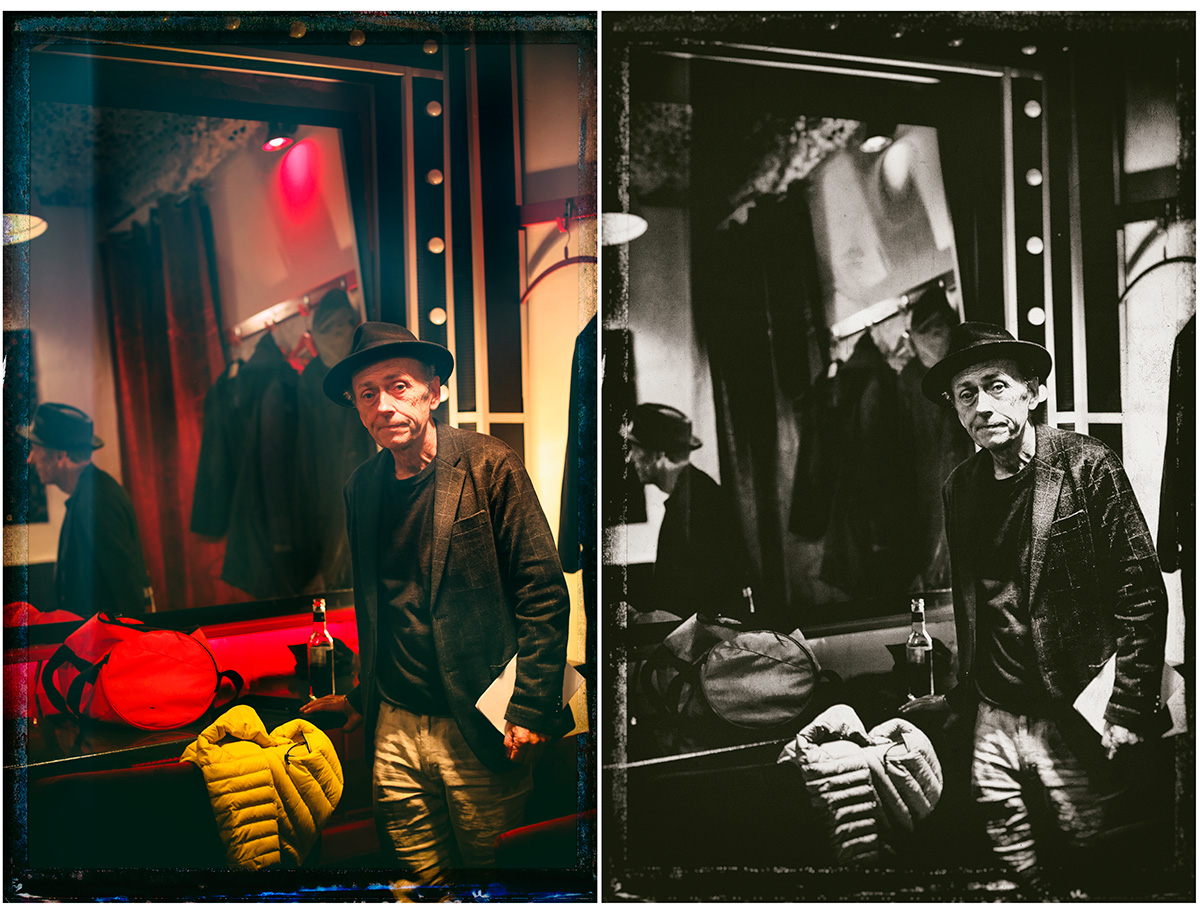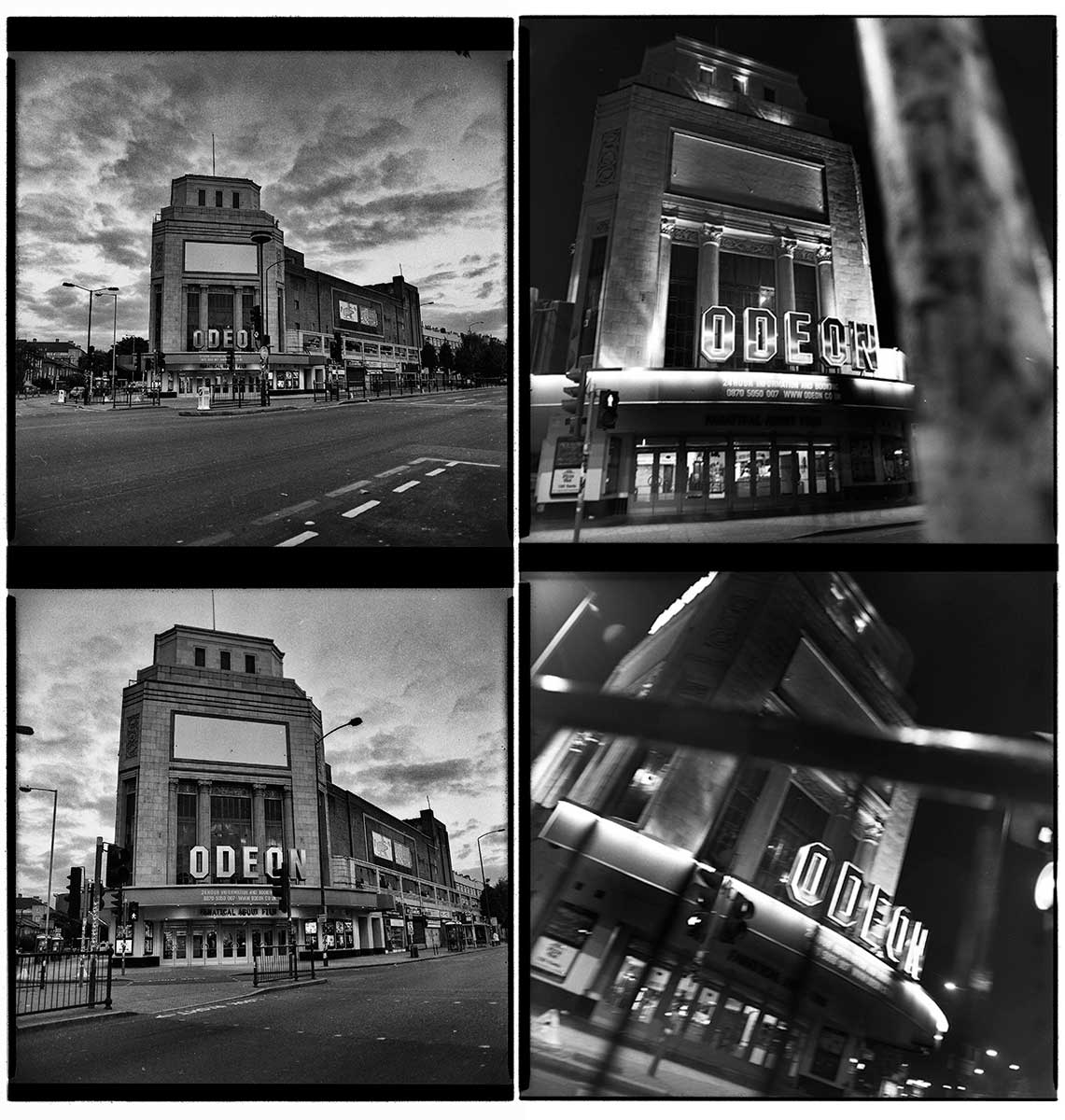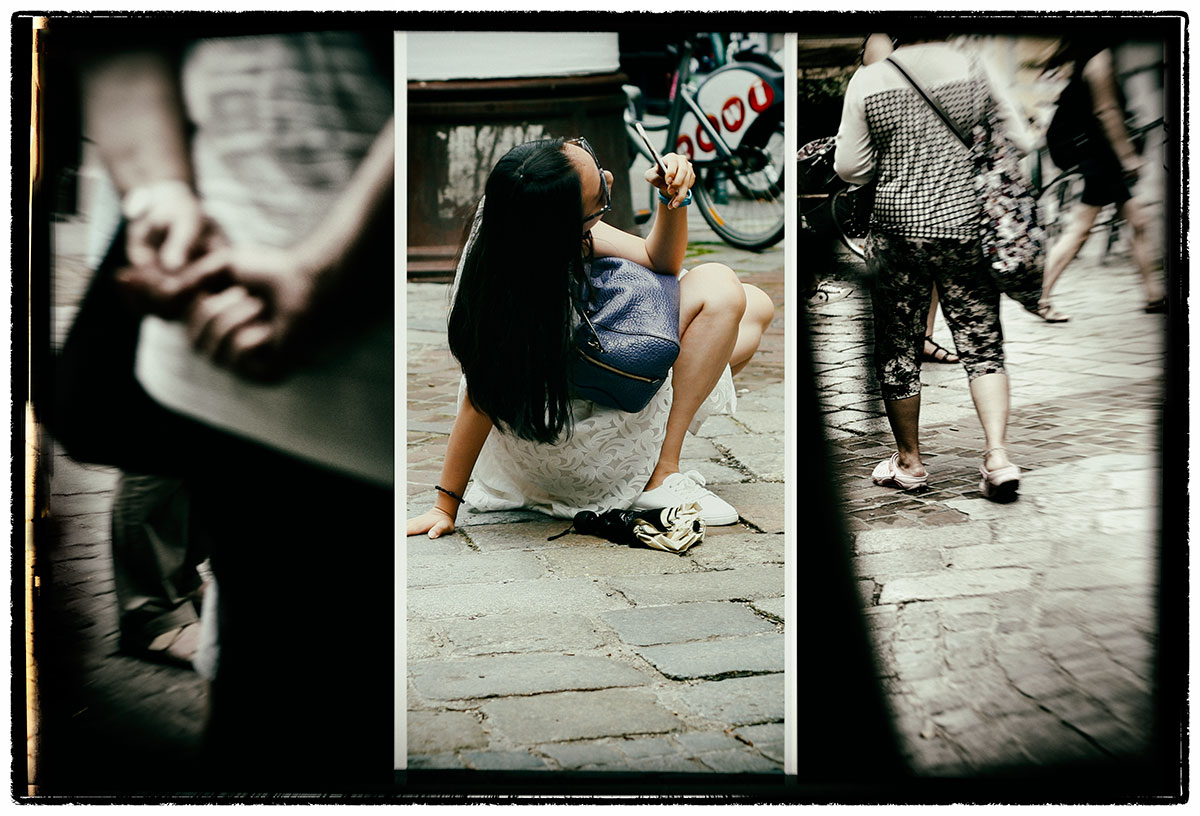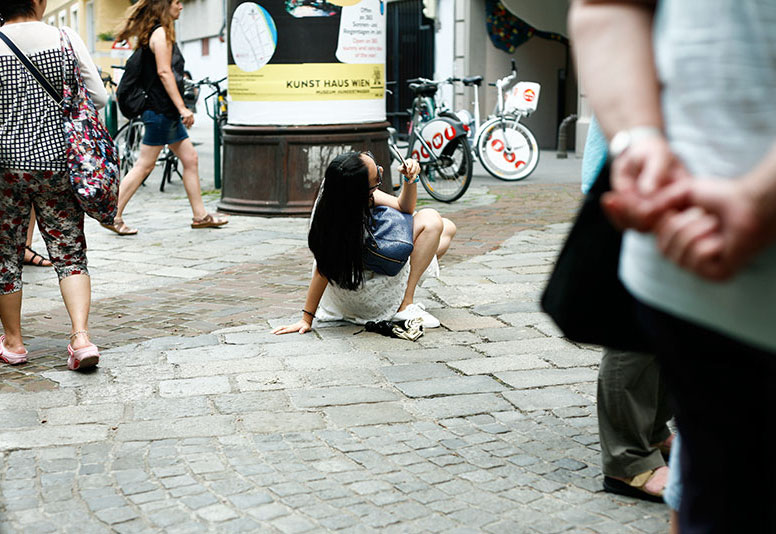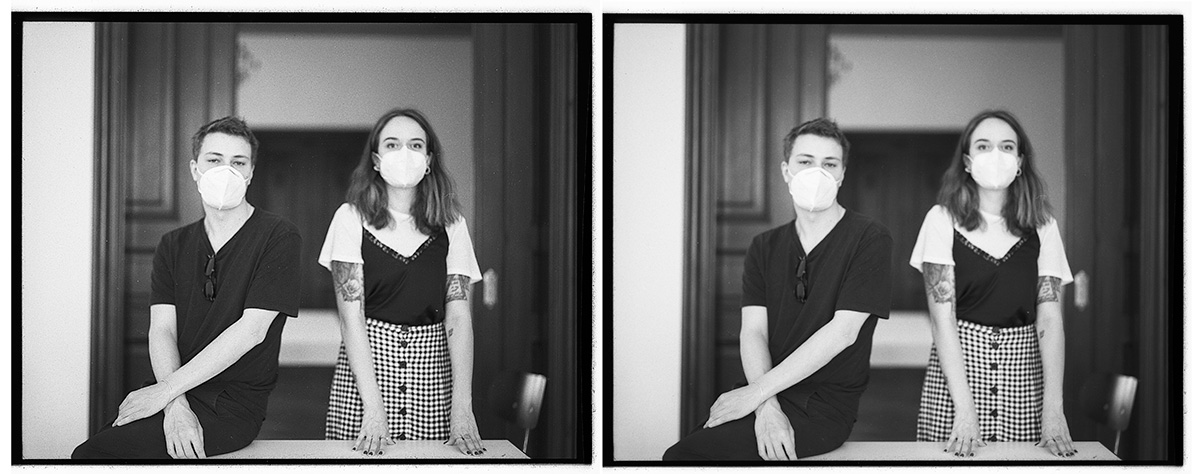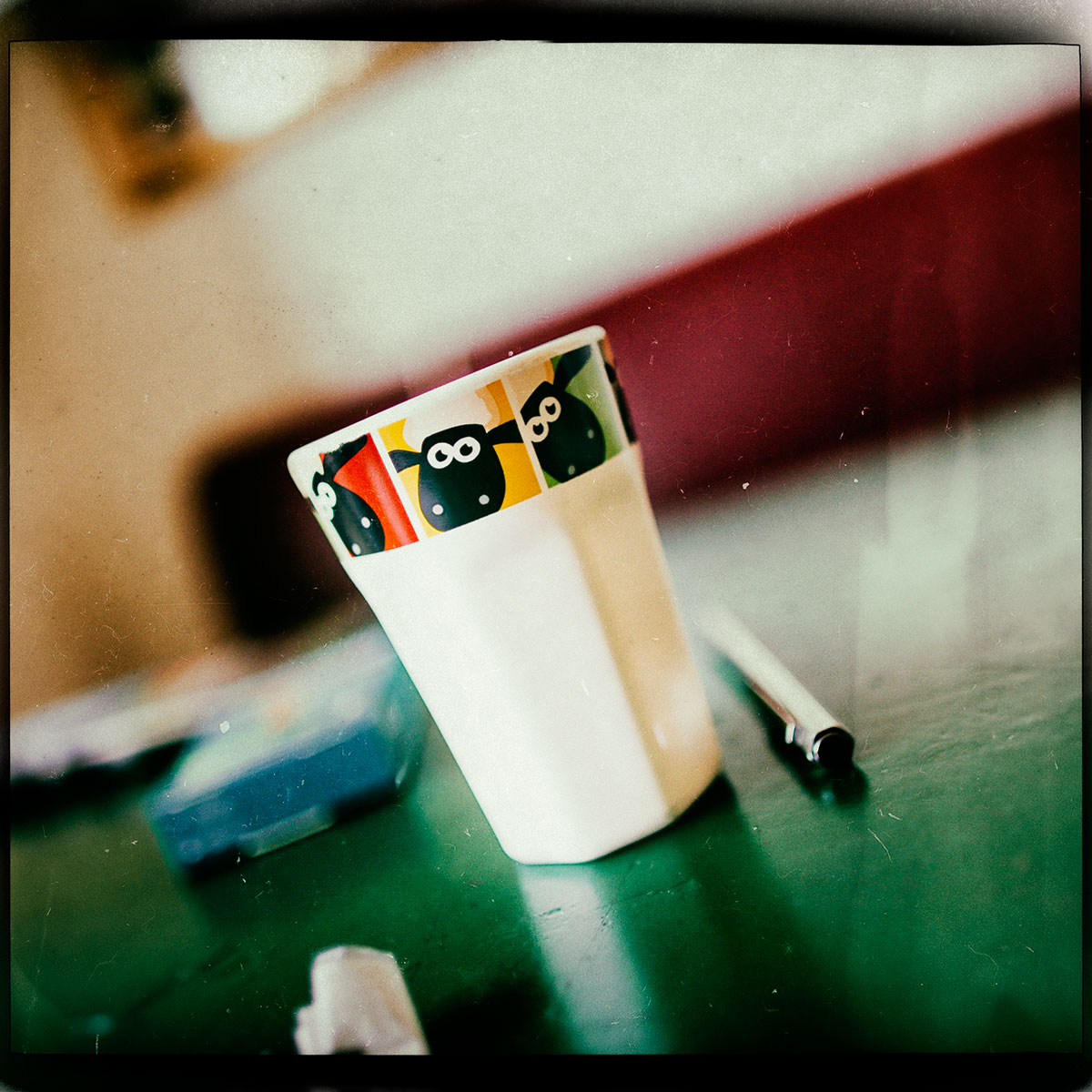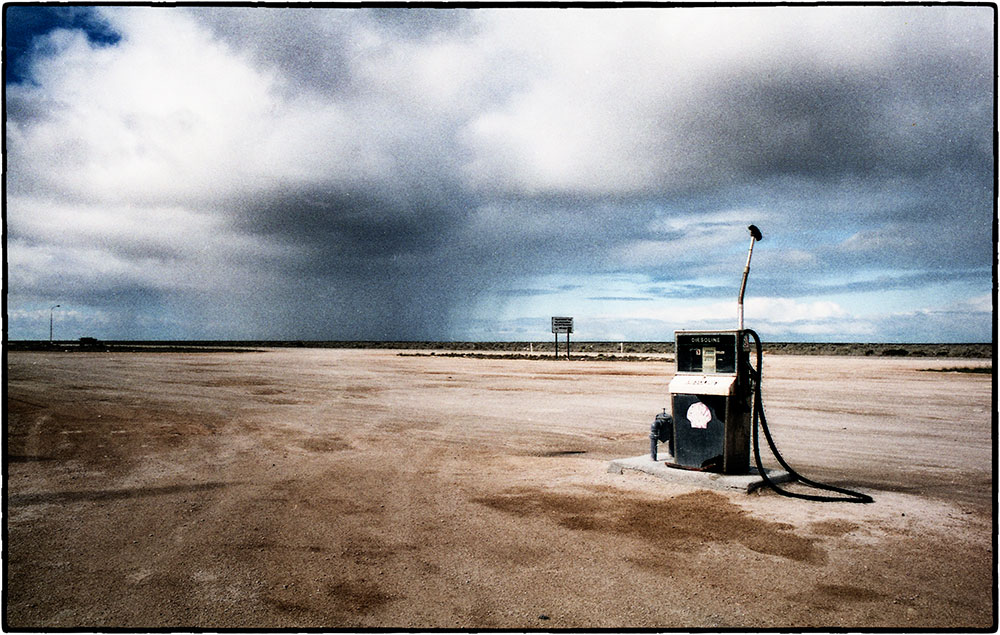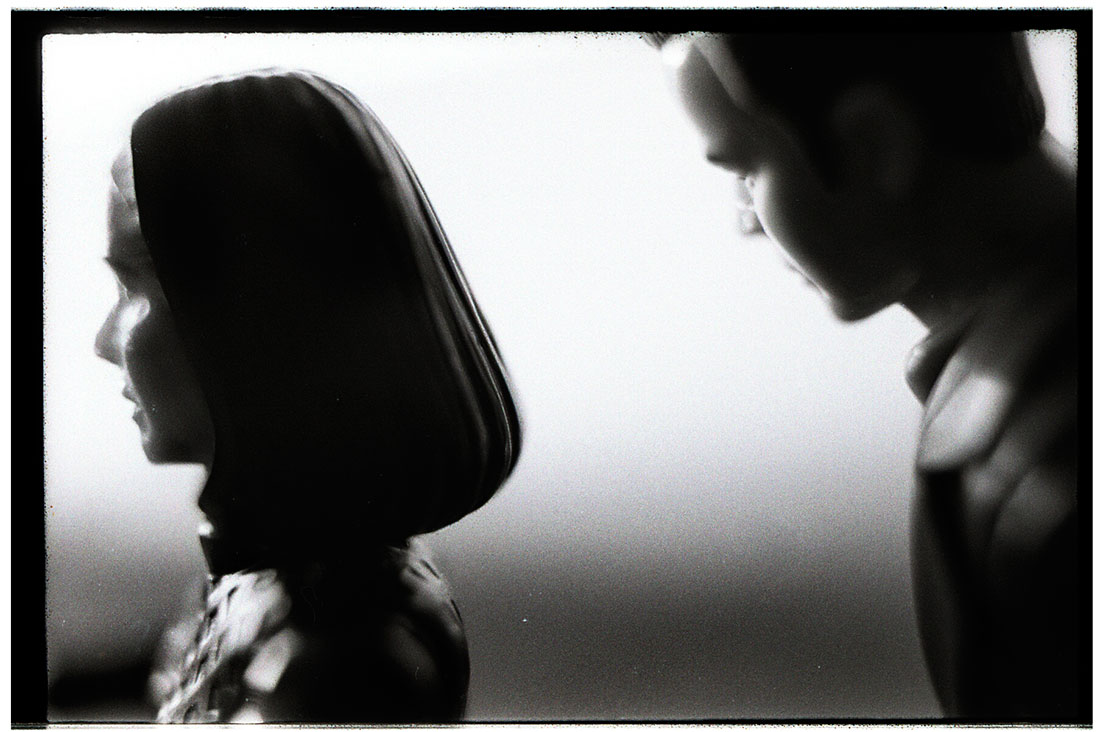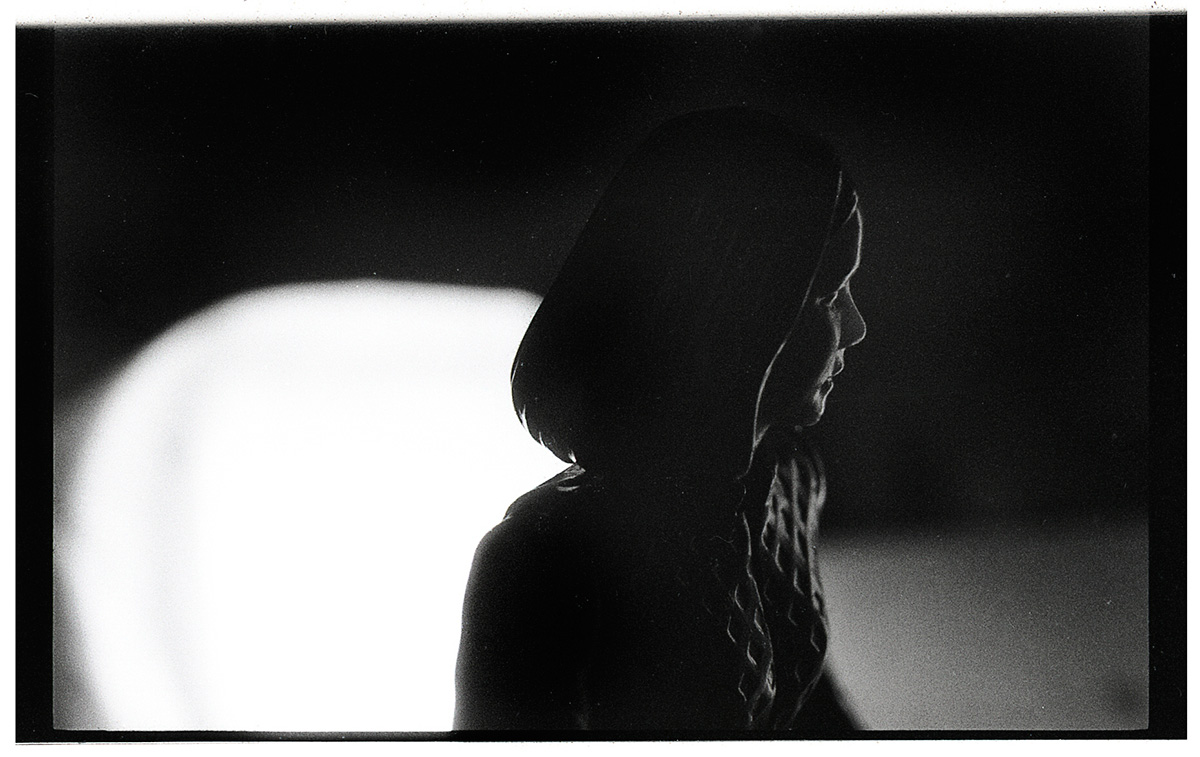Photographing literary events soon becomes repetitious and the photographs begin to always look the same. It’s difficult to find anything to shoot, anything other than the ordinary, which is also what’s generally wanted because the people on stage don’t do it every week. On the plus side, I do get to go to some extraordinary locations in Berlin.
Places I neither knew about nor even suspected existed.
The theatre Acker Stadt Palast https://ackerstadtpalast.de/ in Berlin’s fashionable Mitte district is such a place. I have traversed Ackerstrasse on many occasions, albeit not so often recently, but never knew the theater existed. A small live performance space hidden behind a large front door in the second/third Hinterhof at number 169. Acker Stadt Palast is a small renovated flashback to Berlin as it was about twenty odd years ago.
As soon as I went backstage to stow some gear I knew I had to photograph the performers dressing room. All I needed was an interesting person to make the image complete. A very real benefit in being the official photographer is you can ask anybody to pose and they are generally happy to oblige. In this instance it’s the poet William Cody Maher who was reading that night and who was also perfect for the picture I had in mind.
http://www.williamcodymaher.com/html/poems.html
The colour version is what I saw in my mind and what motivated me to shoot the picture in the first place, whereas the B&W version is more suited to William Cody’s poetry, which is why I included it.
In the end it doesn’t matter which one is preferred for I am very pleased with both.
Canon 6D, 50mm, f1.4, 2000asa.
